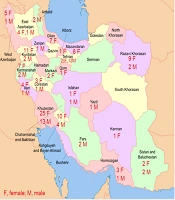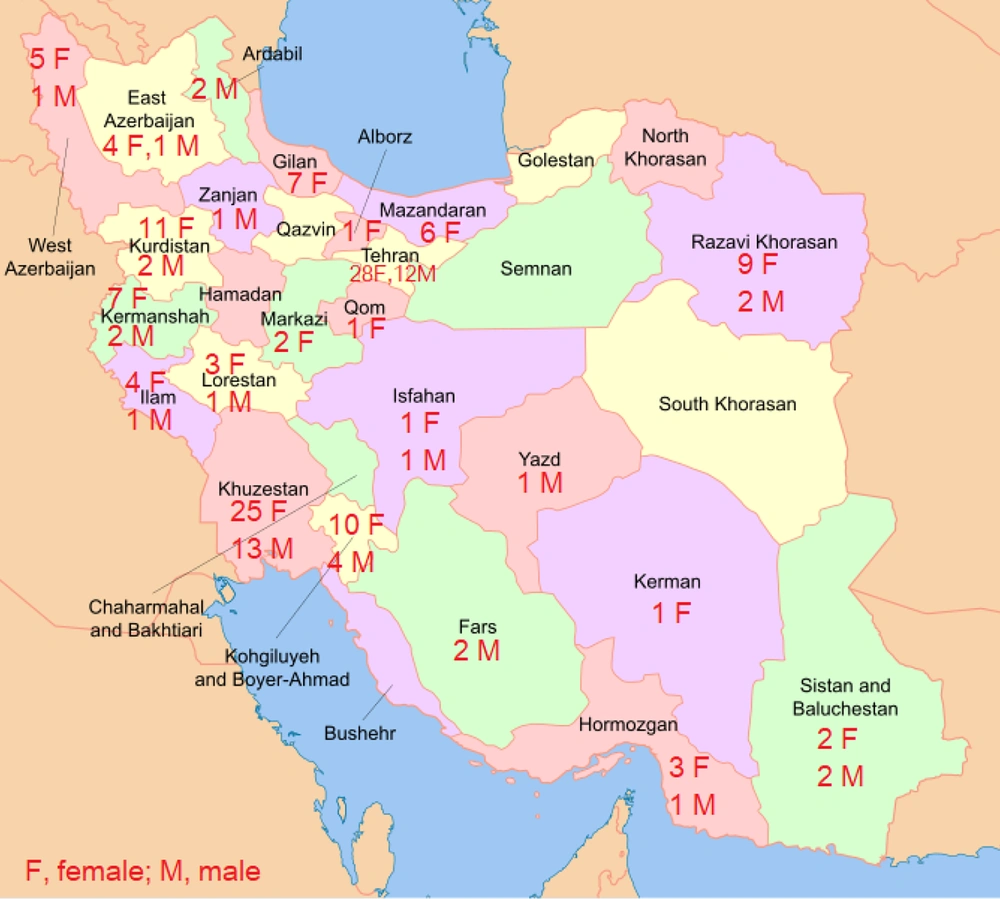Suicide represents one of the predominant etiological factors contributing to mortality on a global scale, and the incidence of fatalities attributed to suicide is exhibiting an upward trajectory over time. The phenomenon of suicide attempts is increasingly prevalent among children and adolescent populations. In 2019, approximately 8,327 children aged 10 - 14 died by suicide globally, with a mortality rate of 1.30 per 100,000. Rates ranged from 0.05 in South Africa to 7.49 in Greenland (1). A study highlighted that youth suicide rates are notably higher in Central-Eastern Europe, with the Russian Federation reporting 10.2 per 100,000 males. The highest age-standardized suicide rates were reported in the USA, 15.5/100,000 males, with an annual increase of 3.8% (2). According to data provided by the World Health Organization (WHO), suicide ranks as the fourth most prevalent cause of death among individuals aged 15 to 19 years (3).
In the United Arab Emirates, an alarming 54% of adolescents disclosed experiences of suicidal behavior, with anxiety and feelings of isolation recognized as critical risk determinants (4). Within the context of Syrian refugee minors in Jordan, 27.7% indicated the presence of suicidal ideation, with bullying and depressive symptoms serving as significant predictors (5). In Iran, child suicide is particularly problematic, showing rates that exceed those of other countries in the Middle East region (6). In Tehran, a comprehensive investigation revealed that the incidence of suicide among individuals under the age of 18 was markedly elevated, with poisoning identified as the predominant modality (42%) and hanging also being widespread, especially among male subjects (7).
Numerous empirical investigations have indicated that the fundamental determinants associated with suicide encompass personality characteristics (including aggression), psychological and physiological disorders (such as depression, chronic pain, and disability), significant life events (such as bereavement of friends or family members), social seclusion, socioeconomic conditions, accessibility to methods of suicide, substance dependence, marital status, demographic density, birth rates, urban population metrics, per capita income levels, unemployment statistics, educational attainment, and religious affiliation (8, 9).
The current study was conducted in August 2024. This research analyzed Iranian news websites focusing on the phenomenon of suicide among Iranian children, employing Google search engines to explore Persian equivalents of keywords (e.g., suicide, children, Iran, and adolescent). The findings showed that Iranian news agencies documented the number of suicides among children/adolescents as 25 news items in 2019, 23 in 2020, 24 in 2021, 19 in 2022, 42 in 2023, and 4 in June 2024. Of these, 72.1% were girls and 27.9% were boys. The children's mean (± SD) age was 14.90 (± 1.87) years. Detailed information about the distribution of suicide is presented in Figure 1.
Suicidal tendencies among children and adolescents should be regarded as a critical concern within the framework of public health policy initiatives (10). Issues related to educational environments significantly contribute to the prevalence of suicide among the youth, and numerous individuals who ultimately take their own lives are characterized by their relatives, peers, and other familiar persons as experiencing profound sadness and depression (7).
The determinants contributing to suicidal tendencies in children and adolescents encompass impulsivity, social seclusion, discontent with body image, the existence of mental health disorders, participation in asphyxiation games, miscommunications with peers, victimization, the impact of digital media, dissolution of interpersonal relationships, inadequate academic performance, absence of a well-defined family structure and functionality, as well as familial history of depression and suicide (7). Medical literature indicates that familial conflicts represent the primary impetus for both completed suicides and suicide attempts among children in Iran.
Children and adolescents living in economically disadvantaged situations have been inadequately addressed in the health care system. Compared to their typically developing peers, children and adolescents from disadvantaged backgrounds face distinct challenges. The healthcare infrastructure concerning children and adolescents, particularly within lower-middle-income regions, warrants significant attention.


